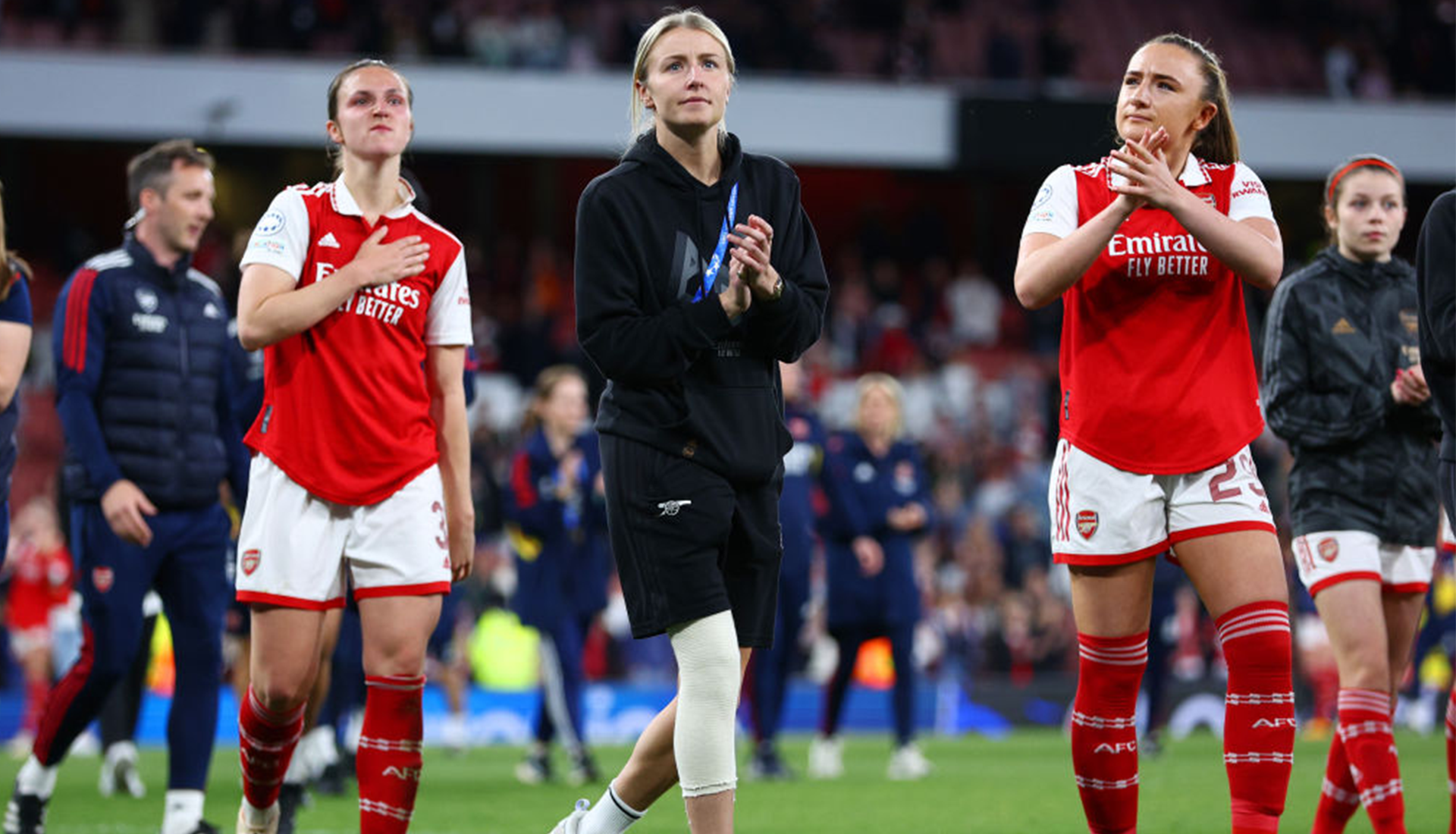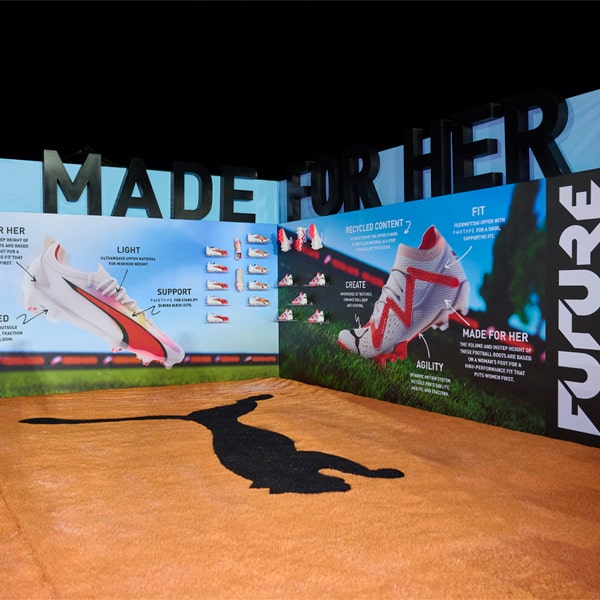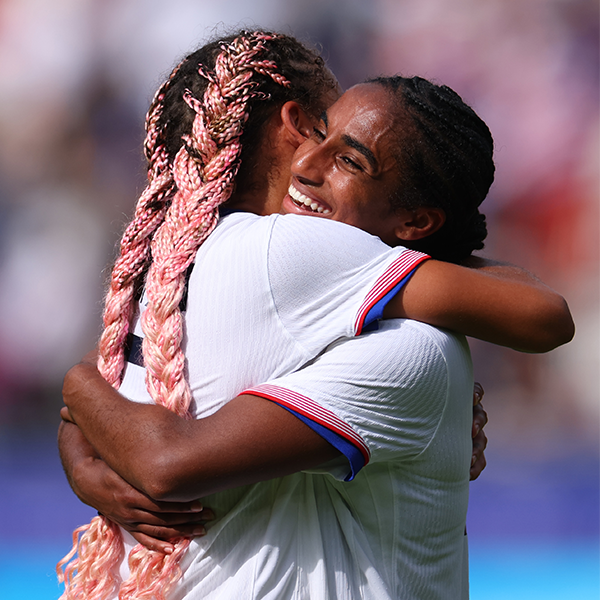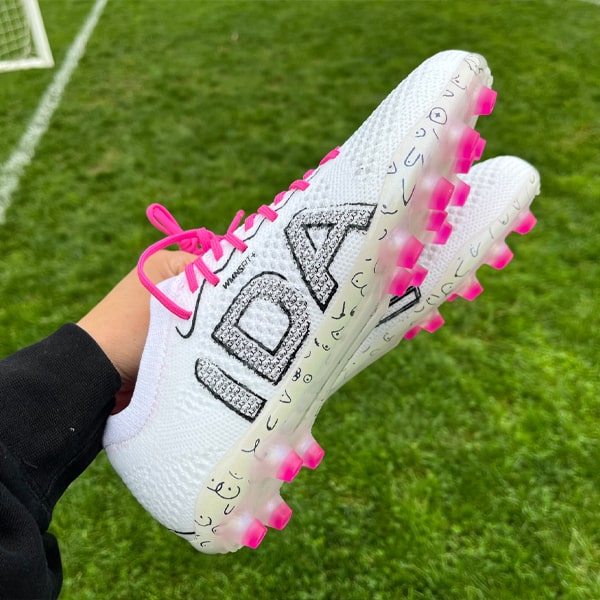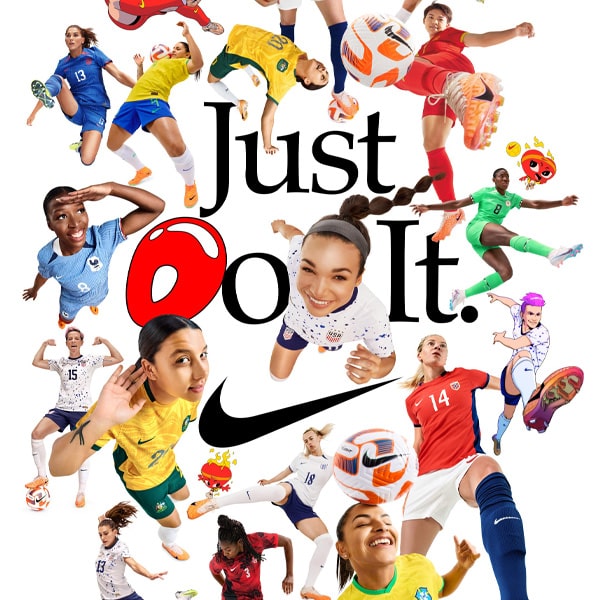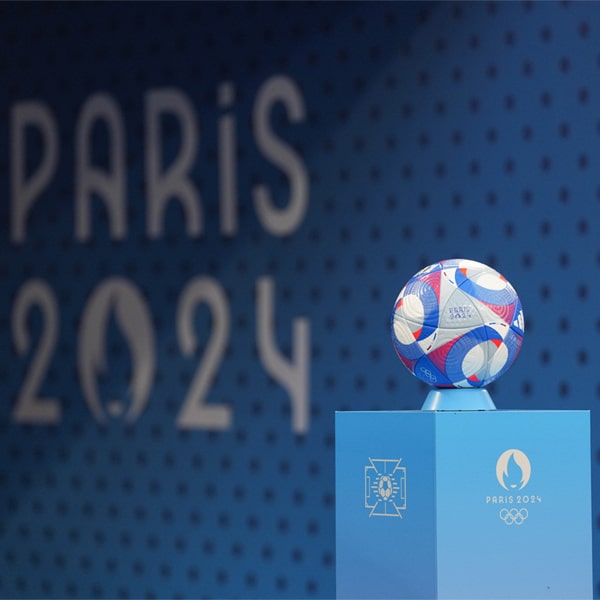The 2024 Paris Olympics showcased the successes and issues for female footballers: inspiring comebacks, a packed schedule, and groundbreaking equipment.
As the Paris 2024 Olympics football tournament concluded earlier this month, the impact of ACL (anterior cruciate ligament) injuries on female football players was evident. High-profile athletes like Sam Kerr and Amy Sayer from Australia, and Catarina Macario from the USA, were notable absentees this summer. However, there were also successful comebacks with Alexia Putellas (ESP) and Marie-Antoinette Katoto (FRA) returning to contention. The tournament in France saw no major ACL injuries but there were some scares. Emily Fox left the quarterfinals in pain, though she returned to help her team win gold and started in the final game. Schüller (GER) missed the bronze game due to an inflamed tendon but still secured the bronze medal. So, was this lack of ACL injuries pure luck or are the various steps being taken to minimise ACL injuries and raise awareness explored below making a difference? Only time will truly tell.
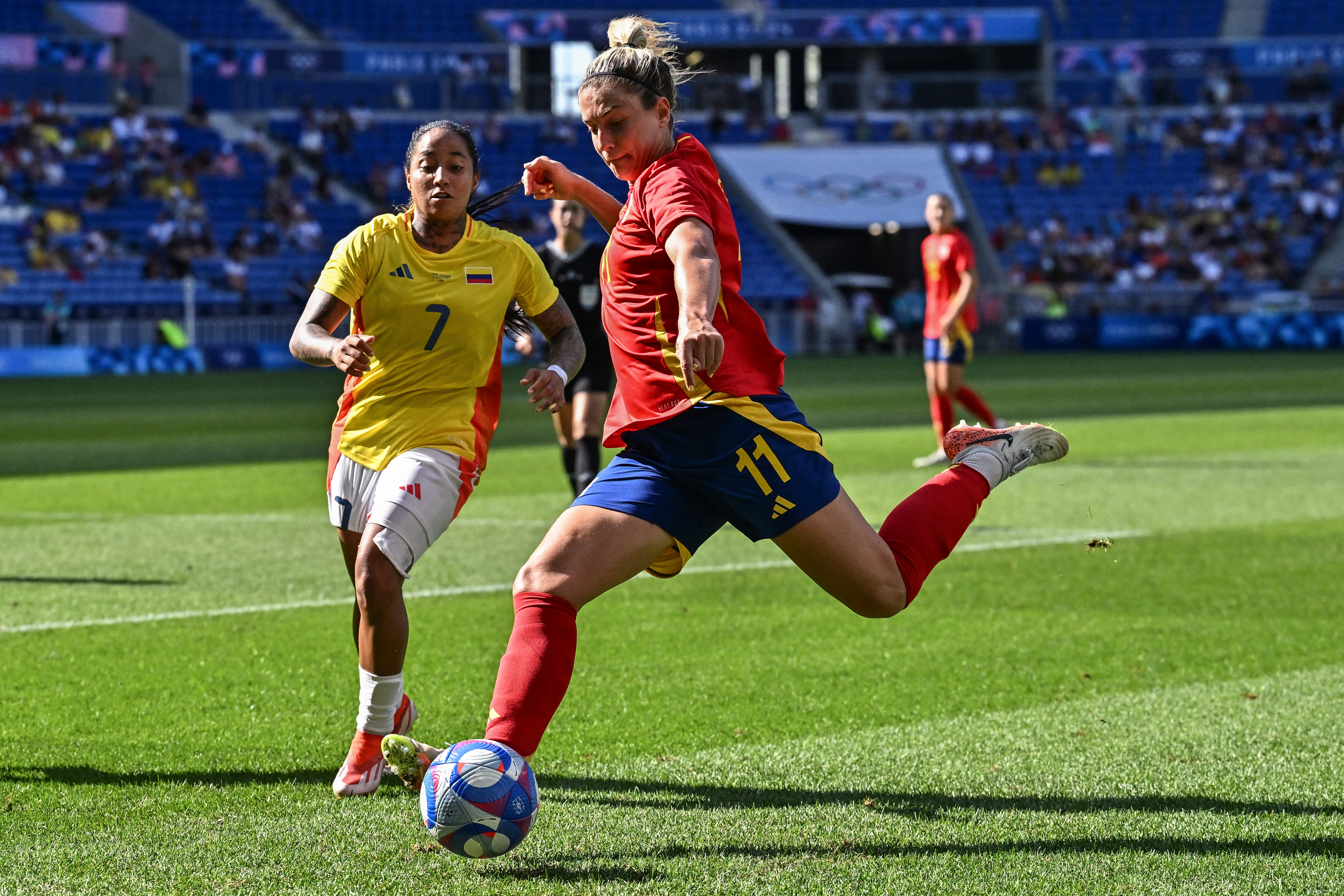
According to FIFPRO (International Federation of Professional Footballers), women are two to six times more likely to suffer an ACL injury — a significant statistic given the sport’s growth. The proximity of the Olympics and Women’s Euro 2025 qualifications adds to the stress and need for adaptation by female athletes. ACL injuries, which involve the tearing of the knee’s stabilising ligament, can sideline athletes for an entire season. These injuries occur during quick changes in direction, sudden stops, or awkward landings. Women’s higher incidence rates stem from biological differences in hip, knee, and pelvis structures as well as hormonal influences like oestrogen on ligament laxity, according to the Northwestern Medicine centre in Chicago. While these factors are unchangeable, other aspects can be addressed.
Traditionally sports equipment especially boots, training protocols including warm-ups and strength training, and the data used for designing programs including recovery times and hormone screenings, have been tailored to men. This starts in kids soccer camps and consequently, women have faced disadvantages using gear and following regimens that don't suit their physiological needs. FIFPRO recognises this, with Alex Culvin, Head of Strategy and Research in women’s football, stating, "The players are asking for research. They feel unsafe and avoid tackles because they are worried about the injury." In May 2023, the European Football Association announced the introduction of a panel to focus on women’s health and injuries. The project is led by UEFA’s Chief Medical Officer, Zoran Bahtijarevic and will also utilise data from questionnaires sent to players, coaches, and medical professionals across Europe to develop evidence-based guidelines.
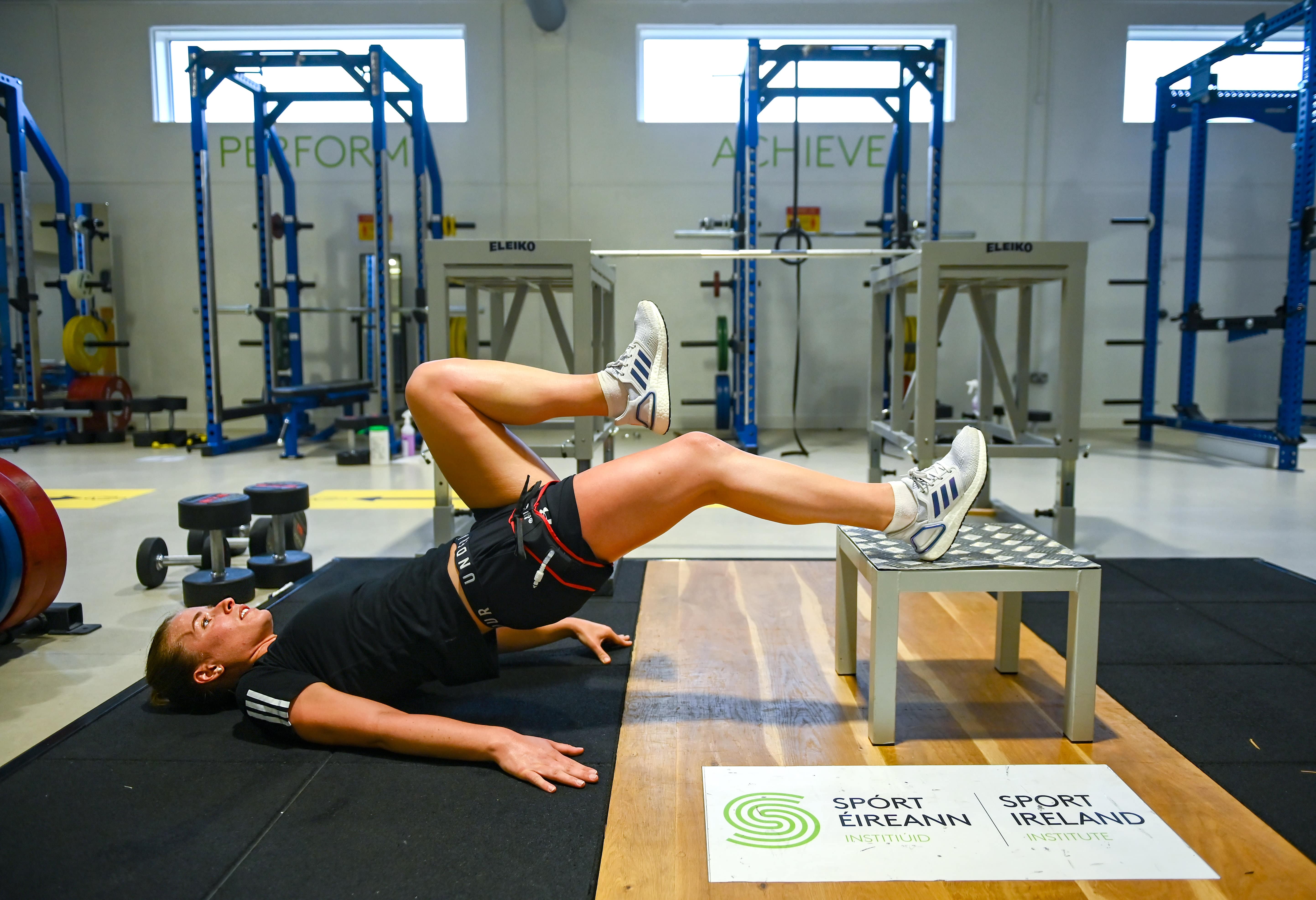
Together, they aim to develop comprehensive prevention and management strategies. Although this project is still in its early stages, the future looks promising and adjustments have begun to show measurable impact. Recent studies indicate a reduction in ACL injuries among teams that have implemented these new protocols. For example, FC Barcelona Femení, Manchester City Women and Olympique Lyonnais Féminin have targeted strength and conditioning programs focusing on knee stability and muscle balance, resulting in a significant decrease in ACL injuries within their roster. Additionally, teams in the NWSL like Angel City FC, Portland Thorns FC, and Washington Spirit have begun implementing data-driven approaches to prevent overtraining and manage fatigue, which are significant contributors to ACL tears. These efforts across various leagues and teams have led to a promising reduction in injuries, safeguarding the careers of elite athletes and reducing injury rates by as much as 20% over the past two years.
Nike, adidas, Puma, and New Balance have all launched equipment, especially football boots, tailored to women's biomechanics to reduce the risk of injury. Notable on the 2024 Olympics field was Nike’s Phantom GX II, chosen by Mallory Swanson (USA) on her return after three knee surgeries to score the gold medal goal against Brazil. The Cyclone 360 sole reduces knee rotation traction, and a more precise fit, particularly around the heel and arch, is crucial for providing stability during sudden movements. adidas' F50 Women’s Mid, worn by Trinity Rodman who scored the USA’s semi-final goal, features a sock liner that offers better lockdown and reduces the risk of the knee twisting during sudden movements. The responsive cushioning helps absorb the impact of fast-paced movements, providing extra protection for the knee during high-intensity plays.
The Puma Ultra 5 Ultimate Tricks, used by Tamires (BRA), features a lightweight design that reduces the overall load on the legs, allowing for more natural movement and less strain on the knees. A feature the brand calls GripControl Pro enhances the boot's grip on the ball and the playing surface, which helps reduce the rotational forces on the knee during sharp turns or rapid acceleration. A European Club Association published a report in June 2023 that revealed 82% of female football players experienced discomfort while wearing traditional football boots, highlighting the need for equipment better suited to the anatomy of female athletes.
Brands have responded and athletes are testing these new developments. Sam Kerr highlights the adidas F50 Women's Mid-Cut FG for its stability, leading to a 20% sales increase. Vivianne Miedema endorses the Puma Ultra 5 Ultimate Tricks for speed and support, boosting Puma’s market share by 15%. The Nike Phantom GX II, noted for its touch and support, has seen a 25% sales surge with players like Alexia Putellas and Ellie Carpenter supporting its benefits for injury recovery.
Beth Mead and Vivianne Miedema’s documentary series "Step by Step" released late December last year chronicles their recovery from ACL ruptures while playing for Arsenal and highlights the profound psychological challenges athletes face. Creatively, the film embraced a blend of intimate, behind-the-scenes moments with dynamic, in-game footage, showcasing both the raw emotion and the technical prowess of the athletes. Miedema described the experience as "losing a part of myself." This documentary, possibly the first of its kind, sheds light on the emotional toll of ACL injuries – which can induce anxiety, panic attacks, and loss of confidence – allowing viewers to see the human side of the athletes. With 45% of athletes reporting distress, Dr. Emily Kraus, a sports medicine specialist, emphasises that mental hurdles can be as daunting as physical recovery. Arsenal’s documentary illustrates the importance of comprehensive mental health support, enabling players to return to the field more resilient in both body and mind.
Retired athletes, particularly those who've had ACL injuries, are also invaluable to women's football research. Their firsthand experiences offer unique insights into the physical, psychological, and career impacts, driving more effective research. For example, former England Lioness Lianne Sanderson's ACL injury in 2016 spurred her active involvement in educational initiatives, significantly contributing to the development of FIFPRO's 2022 "Injury Prevention and Support Guidelines" which is now used globally. Similarly, former USWNT forward Amy Rodriguez played a key role in ACL rehabilitation research, collaborating with the University of Utah in 2020 and FIFA in 2021. Alongside players like Kelly Smith, Christen Press, and Mapi León, they advocate for a research-backed approach to training and rehabilitation, aiming to create a safer environment for future football generations.
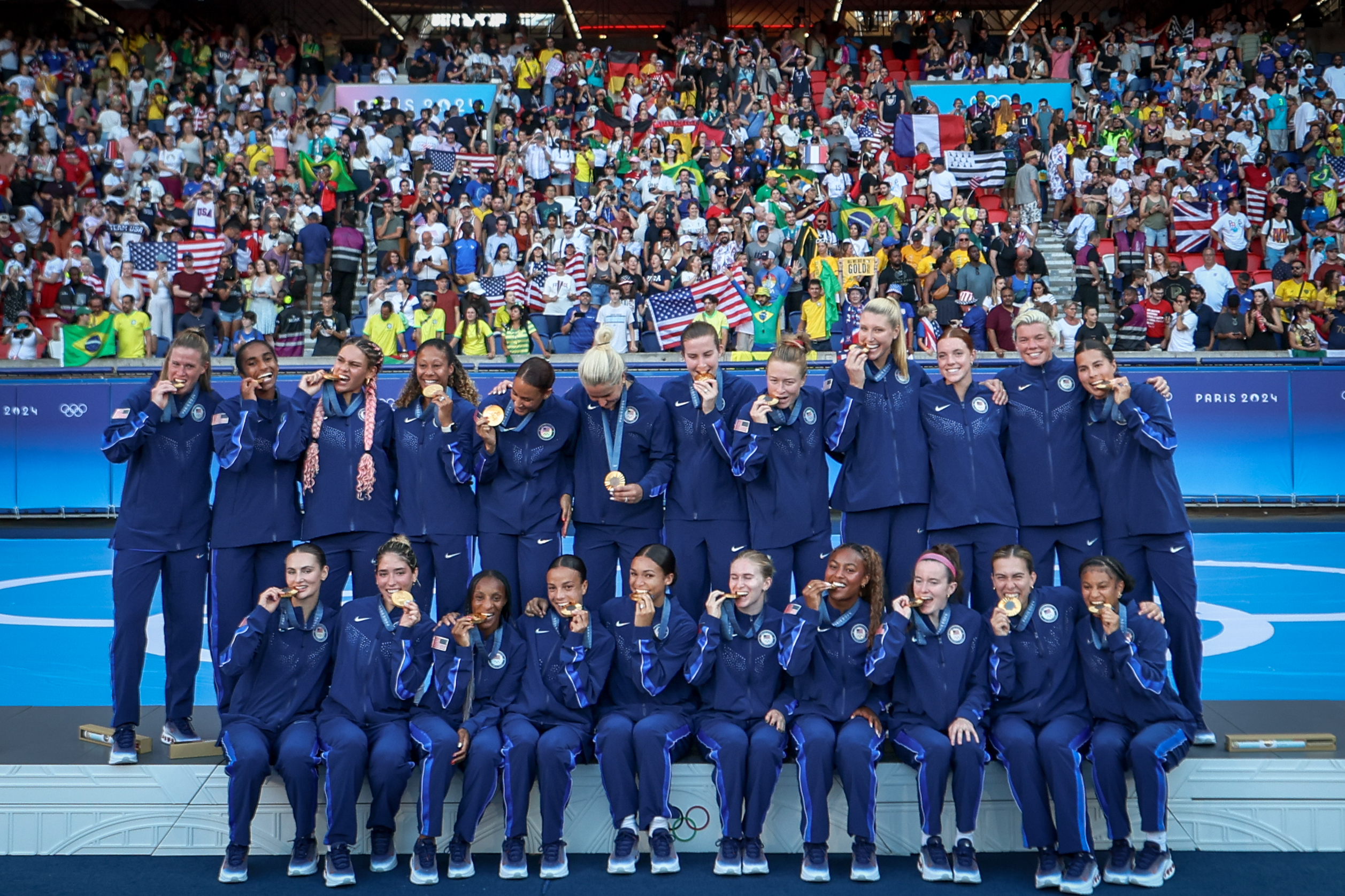
The Paris 2024 Olympics women's football tournament concluded with the USA taking gold, Brazil silver, Germany bronze, and Spain in fourth place, surprising everyone after their Women's World Cup win last year. The event underscored both the rising competitiveness of women’s football and the critical issue of ACL injuries. Beyond the field, this injury means shorter careers and early retirements, chronic pains and reduced mobility, and threatens to undermine the progress, fan engagement, sponsorships, and the overall momentum of the sport’s development. The absences and comebacks highlight the ongoing challenges and triumphs in the sport. While initiatives like Project ACL and gender-specific equipment advancements are improving conditions for professionals, there remains a critical need to extend these benefits to less privileged players.
The women's football schedule has grown significantly with leagues like the NWSL now playing 24 games per team and European teams competing in up to 52 matches per season, alongside international tournaments and FIFA national obligatory friendlies. This demanding calendar, especially during events like the Olympics, has heightened physical stress and exhaustion among players. In response, FIFA and FIFPRO have introduced player welfare protocols including mandatory rest periods, dynamic warm-ups, and strength and proprioceptive training to reduce injury risks including ACL tears.
Research indicates that up to 90% of ACL injuries can be prevented through sport-specific strengthening, balance, and agility exercises, particularly when integrated into warm-ups and performed at least twice a week. Acknowledging the impact of the menstrual cycle on injury risk, teams like Chelsea Women have begun tailoring their training to their players' cycles, using tools like the FitrWoman app to monitor and adjust training intensity accordingly. This approach is part of a broader movement to enhance performance and reduce injuries, with findings expected to inform preparations for major upcoming events like the Women's World Cup and the LA Olympics.
The next crucial step is to address this disparity by developing accessible injury prevention and recovery strategies for all levels of play. Ensuring that grassroots players have access to similar care and resources will help bridge the gap, fostering a safer environment and supporting the long-term health and success of athletes at every stage of their careers. As women’s football continues to evolve, the lessons from Paris 2024 underscore the importance of equitable support and comprehensive care for all players.
